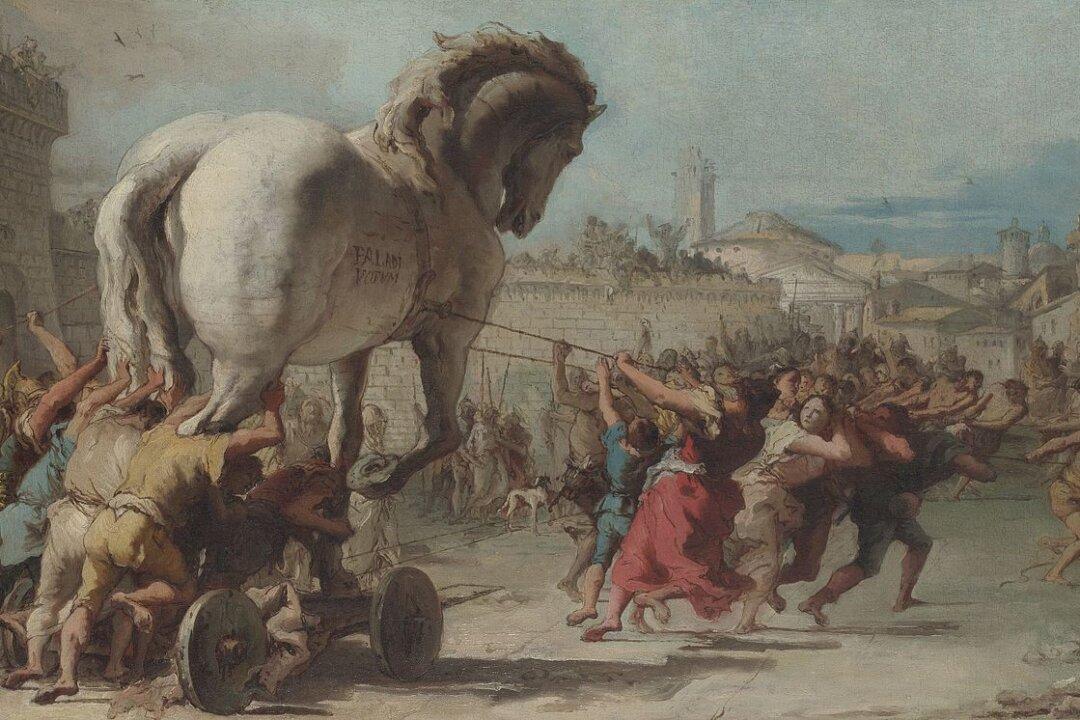Commentary
In 2025, the Department of Education is expected to be the recipient of a sweeping transformation. Legislation recently introduced by Sen. Mike Rounds (R-S.D.) that would abolish the department, a move supported by the newly created Department of Government Efficiency, aims to make the government more efficient by shrinking and streamlining the federal bureaucracy.





